

 The South African
The South African
A major advantage of South Africa's re-admittance to the International Community has been the accessibility of hitherto 'forbidden territory' to her citizens. The South African Military History Society's KwaZuluNatal Branch has a valued link with the Royal British Legion's tourism arm, Poppy Travel. They have been organising tours to Egypt and Libya for some time and, rather than re-invent the wheel, the tour leaders decided to make use of their considerable expertise in providing advice, logistical arrangements, a comprehensive itinerary and a specialist guide. This definitely proved to be the correct route to go.
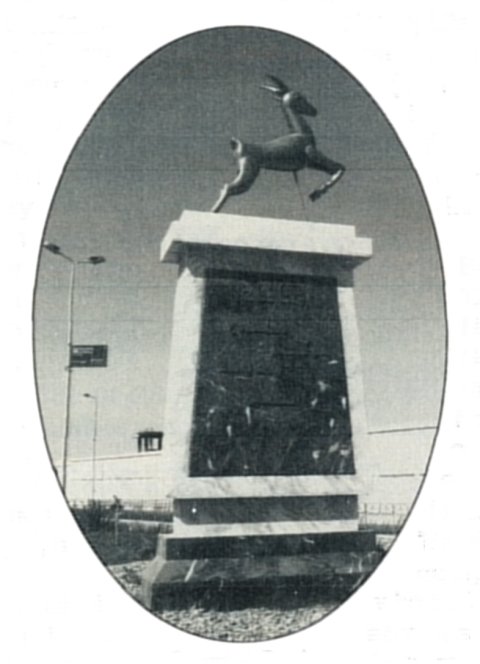
In May 2009, after eighteen months of planning, 26 military history tourists flew from Johannesburg to Cairo. Here they were met by the Royal British Legion's battlefield guide, Col Mike Bradley, who, by his own admission, had wondered how he was going to relate to a group of South Africans.
He need not have been concerned; he warmed to the party immediately and thoroughly enjoyed their immense background knowledge of the campaign in the Desert.
While it was necessary, for logistical reasons, to begin the tour in Egypt, the writer believes that it will be better to begin future tours in Libya, in order to put the ebb and flow of the campaign in the Westem Desert into perspective. Col Bradley used the long joumey by luxury bus from Cairo to El Alamein to provide the group with the background to the operations in the Westem Desert. On arrival at El Alamein, the first of several brief ceremonies to remember brethren who lie buried in North Africa was held. Then the group drove past El Alamein Station, through the Devil's Garden, past the Miteirya Ridge and Kidney Ridge to Tel el Aqqaqir, which the Allies occupied on 4 November 1942. Names of places that had been discussed so often by fathers and grandfathers in the 1950s and 1960s - El Alamein, Mersa Matruh, Sollum, Halfaya Pass - were brought to life when the party made its way along the Egyptian coast of the Mediterranean before ascending the escarpment and entering Libya at Fort Capuzzo. Here, it took them five hours to pass through the border (not because of their nationality, but due to issues between Egypt and Libya and the fact that the group had been obliged to switch buses in 'no-man's land').
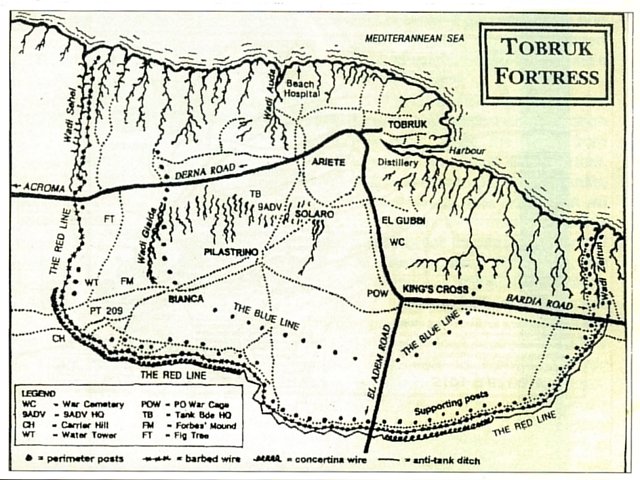
En route through Egypt, Col Bradley had described Operation 'Compass' along the route from Mersa Matruh past Sidi Barrani, Sollum and on to Bardia. At Bardia, the tour party was housed in an hotel run strictly by men. The ladies on the tour felt that this place lacked a woman's touch. At Bardia, the focus of the tour shifted to Operation 'Brevity'. Bardia battlefield remains in a virtually pristine state and tour members who had brought along regimental history accounts were able to identify different features such as ridges on the escarpment, original roads and even spectacular views of Bardia harbour. On the following day, the party followed the route taken by the Springbok soldiers to Tobruk.
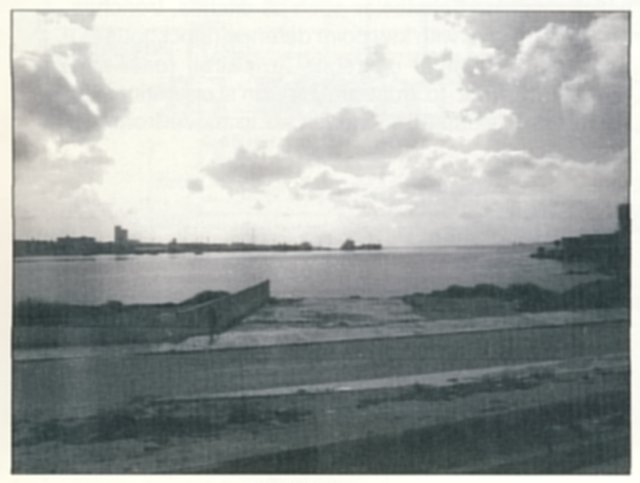
Brief commemoration ceremonies were held at the Tobruk and Knightsbridge Commonwealth War Graves cemeteries. The father of Norman Thompson, one of the members of the party, is buried at Knightsbridge. In a very emotional and moving gesture, Norman placed a Royal British Legion cross at his father's grave and saluted it. Another member of the party - Ronnie Napier (from Johannesburg) - did the same later when he, his wife Bev and his friend, national committee member David Scholtz, flew to Benghazi, where his father is buried. The party attached South African Legion poppies to as many Springbok soldiers' graves as possible.
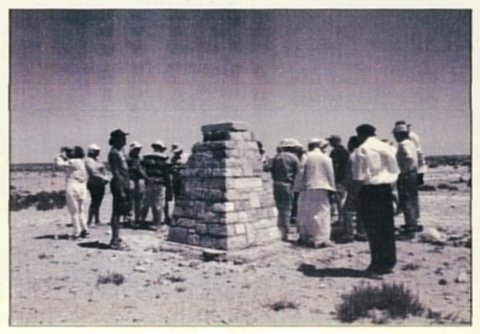
One of the highlights of the Tobruk visit was undoubtedly visiting the site of the former Royal Durban Light Infantry headquarters at the Fig Tree (which features in the regimental history of the RDLI) and the Umvoti Mounted Rifles' positions at Ras el Medawar (an old fort from the Ottoman Empire) in the area of Acroma. The group was fortunate to have two former commanding officers of the Durban Light Infantry amongst them; they were Col Derek Moe and Lt Col Mike Adrain. They had taken along extracts from Col A C Martin's official history of the Regiment and, as these were read out at the site, the wartime experiences of the RDLI seemed to come to life.
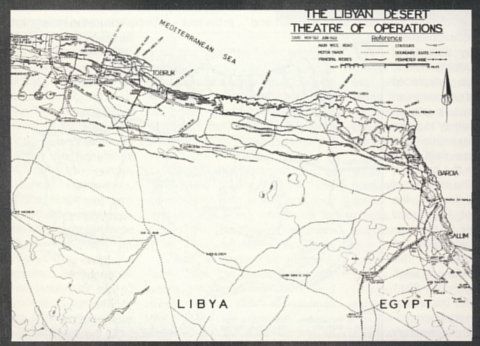
The party then drove 48 km in a south-westerty direction to Knightsbridge itself, where the Guards Brigade had been in position during the Tobruk operations in June 1942. To the delight of the writer (who is compiling the history of the Natal Field Artillery), the Bedouin drivers then drove a few kilometres further to two gun positions of 6th Battery, 2nd Field Regiment SM (Natal Field Artillery) at Rigel Ridge, where the Battery had been captured by the German 21st Panzer Division on 13 June 1942. Once again, extracts of John Newman's and 'Vossie' Vosloo's History of 6th Battery, 2nd Field Regiment SAA (NFA) were read at the site. The tour then returned to Bardia via Sidi Rezegh - described by Col Bradley as one of the most confusing tank battles in military history. The tomb of Sidi Rezegh, an Arab holy man, was left untouched during the battles that raged in the area of the airfield, El Duda, the Trigh Capuzzo and the Via Balbia. A refreshing aspect of the tour was to follow in the footsteps of several of the participants' fathers. Chris and Simon Pearse's father's diary, for example, gave vivid descriptions of his participation in the Desert campaign, while Heather Gillings had brought along her father's notes, compiled from postcards that had been sent home.
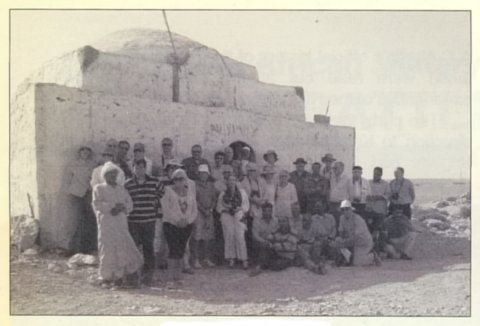
The group was accompanied on the Libyan leg of the journey by a security agent who became a firm friend of his fellow Africans and he features in many photographs with an arm around a shoulder. Interestingly, the custodian of the Knightsbridge cemetery told the visitors that in the sixteen years that he had been there, he had only met South Africans on three occasions: The first being shortly after the 1994 democratic elections when a man came to see his father's grave; the second being a visit by the South African Ambassador (who walked around speaking into his cell phone) and the third being this group.
The return journey to Egypt - including 4.5 hours at the border - involved a long drive to El Alamein and five star accommodation. The final day was spent visiting El Alamein, where, once again, the party placed poppies and crosses on Springbok soldiers' graves. The return journey to Cairo was via Alexandria and farewells were said at a restaurant on the banks of the Nile. The success of the SAMHS tour to the battlefields of Egypt and Libya is likely to result in another that will follow the route taken by the Springbok soldiers through Italy, possibly in July 2011 to link up with the official South African commemoration of the 95th anniversary of the Battle of Delville Wood (16-21 July 1916).
The Libyan tour opened up new horizons for the South African Military History Society and, having arranged this inaugural visit to Egypt and Libya, it will be a matter of time before we offer another.
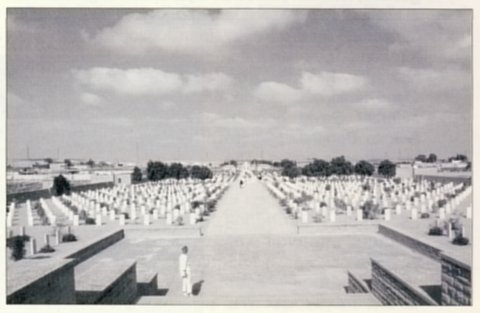
Acknowledgements
Mention must be made of the wonderful support, advice and assistance that was provided to the group by the Egyptian and Libyan Embassies in Pretoria. Visas were issued by the former in less than three days and although Poppy Travel preferred the visitors to obtain the Libyan visas through their representative in Tripoli, the Libyan Embassy informed them that South Africans would be issued with visas in a similar manner. The staff at the Libyan Embassy answered many queries that were received from the participants in the tour - especially from the ladies regarding dress.
The message was clear and reassuring: 'Relax, dress sensibly and enjoy yourselves in Libya'. The group's contact at the Royal British Legion's Poppy Travel was Col Christopher Newbould and his arrangements were absolutely flawless.
Full credit must also be given to the Commonwealth War Graves Commission for their maintenance of the graves at Heliopolis, El Alamein, Sollum, Tobruk, Knightsbridge and King's Cross. While it is a moving experience to stand alongside so many Springbok soldiers' graves so far from home, it is most reassuring to know that this magnificent organisation is continuing to care for them.
| Ken Gillings | Don Porter | Heather Gillings | Peter Grealy |
| David Scholtz | Tracy Grealy | Lt Col Tex Westgate | Fred Nel |
| Sue Westgate | Brenda Nel | Lt Col Mike Adrain | Ronnie Napier |
| Col Derek Moe | Bev Napier | David Lancaster | Norman Thompson |
| Barbara Lancaster | Lt Col Graeme Fuller | Colin Paton | Alex McTavish |
| Geraldene Paton | James Westgate | Johann Scholtz | Chris Pearse |
| Simon Pearse | Rob Suberg |
Return to Journal Index OR Society's Home page
South African Military History Society / scribe@samilitaryhistory.org